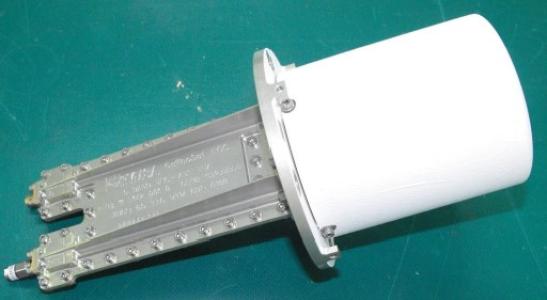Development of an S-Band Helix Antenna in Printed Substrates or 3D

This development has been performed as a result of the need for qualification of an helix antenna dedicated
using metallic 3D printing
Two technologies have been developed and compared for the S-band Helix Antenna: printed helix on a dielectric substrate and metallic 3D printed (ALM)helix. For the printed substrates a dedicated breadboard was developed and measured. The results were in line with simulations and confirmed that the technology is valid and understood. For the ALM technology a complete EQM antenna has been designed, manufactured and fully satisfactory tested. The helix radiating element has been manufactured using metallic 3D printing. A procedure for the metallic 3D printed manufacturing process has been developed that guarantees repeatability between pieces by identifying the required samples and the required treatments to achieve the necessary tolerances. The objective was to determine if the current technology, used for the quadrifilar radiating helix element, could be substituted by another technologies that could have advantages. The two alternatives technologies studied have been: printed helix on a dielectric substrate and metallic 3D printing. The first phase of the programme has compared both technologies. For the printed helix on a dielectric substrate, a monofilar design was manufactured and measured. The results were in line with the simulations and the conclusion has been that this technology is well understood and can be used for the manufacture of quadrifilar helix antennas. Regarding the metallic 3D printing technology, the main objective has been achieved if this technology provides benefits respect the standard
one, that has derived on the following tasks:
- a) Re-design the helix to optimize the metallic 3D printing process but maintaining the performances.
- b) Define the type and number of samples during manufacturing process to guarantee mechanical
- properties.
- c) Define a procedure to guarantee repeatability acceptable between different units.
- d) Define the thermal treatments to guarantee the required mechanical properties and dimensional
- tolerances.
- e) Define a test campaign that guarantees that the antenna is valid for flight use.
